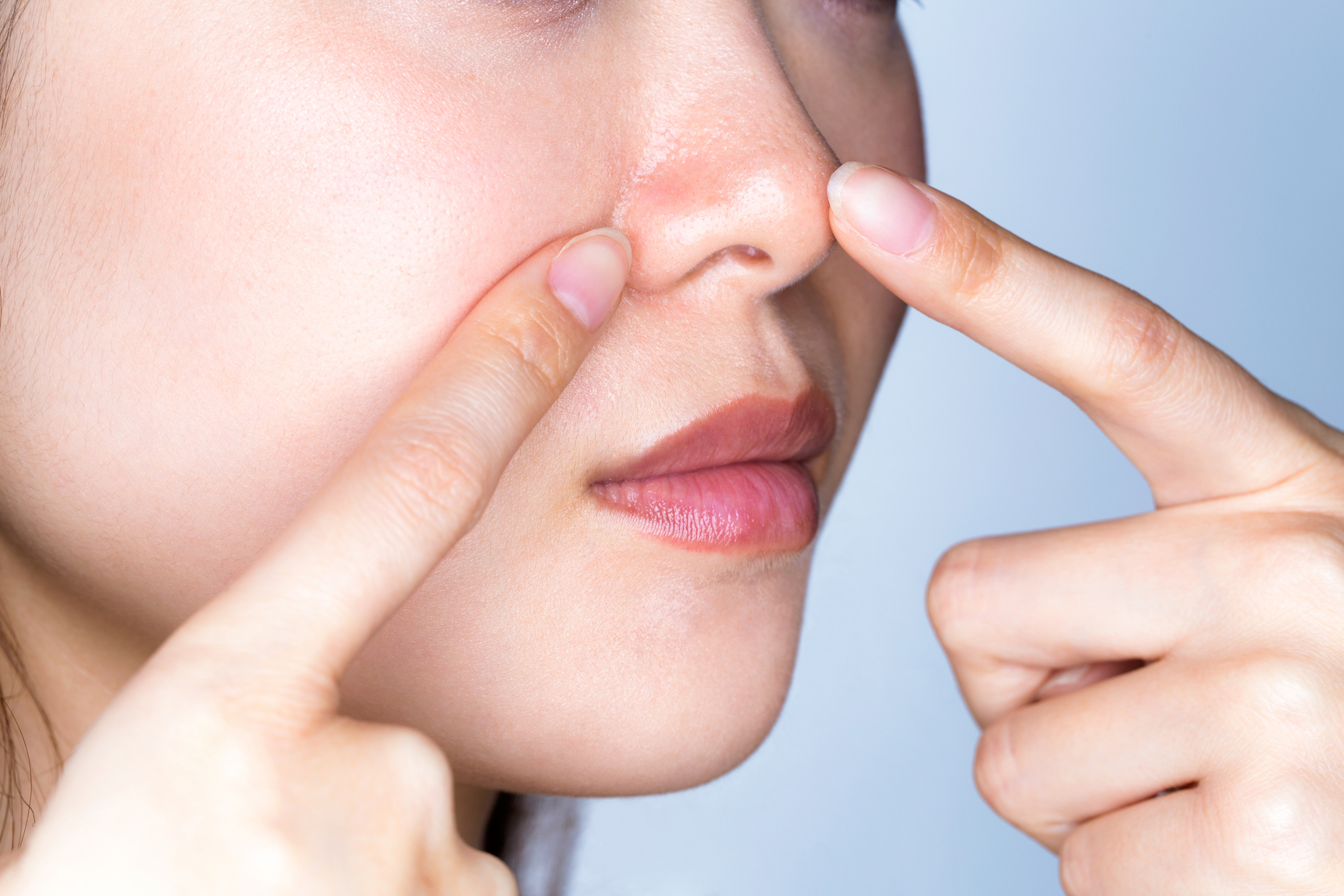
Dr. Menachof, MD, FACS has performed thousands of facial plastic surgery procedures in over 20 years of experience. He has been recognized as a Fellow by multiple academies, named one of America’s Top Facial Plastic Surgeons continually since 2003 and is featured in multiple national publications.
According to the American Society of Plastic Surgeons, teenagers in 2012 had five times more plastic surgery treatments than teenagers did in 1997. Of these surgical procedures, rhinoplasty is the most common plastic surgery performed in teenagers. The teen years can be convenient for rhinoplasty because the nose has usually already finished developing and surgeries can be performed during summer and winter school vacations. Scars from rhinoplasty procedures are nearly invisible, and teenage rhinoplasties can achieve lifelong results. But the question remains, how young is too young for a rhinoplasty?
Rhinoplasties: After the Nose Stops Growing
Abnormalities in the nose usually appear in the early teens, and noses do not finish developing until the mid-teens — usually around 14 for girls and 15 for boys. Rhinoplasties should only be performed after nose growth ends. An experienced surgeon will be able to tell if a nose has finished growing. If rhinoplasty is performed before nose growth ends the growth center will be interrupted and could end up appearing asymmetrical or unnatural, which could necessitate a revision rhinoplasty in the future.
Outpatient Surgery
Rhinoplasty, which is an outpatient surgery, is a feasible option for teenagers once nose growth ends. At this point, the prospective patient will have identified internal issues with the nose, such as a deviated septum which can cause snoring, difficulty breathing, or nasal congestion. Physical abnormalities will also be present by the mid-teens. These types of external abnormalities include a bump on the bridge, disproportional size of nose or nostrils, crookedness, or a dropping nasal tip.
Emotionally Ready for Facial Surgery
While a teenager’s nose may be finished developing, a rhinoplasty should only be performed if the patient has the emotional maturity to handle facial surgery. If the teen only recently vocalized their desire for a nose job, the desire for a nose job has likely not been thought through. Similarly, if the teen has a new friend group or recently started at a new school, the desire for a nose job may be coming from peer pressure. In these types of situations, the rhinoplasty is likely impulsive and your surgeon should not consent to the procedure.
Rhinoplasty Recovery
Teenagers should understand the recovery time needed post-surgery, which can be 6-8 weeks without contact sports, as well as some bruising, swelling, and discomfort. The patient must also have a realistic expectation for his or her rhinoplasty — the procedure will not solve all of the struggles of teenage years. Pre-surgery computer facial modeling can help the patient understand how his or her appearance will be altered. Rhinoplasties are permanent, so there is no harm in waiting for the patient to mature emotionally.
This blog was originally posted in May 2017 and has been reposted in 2021 with updated information.





